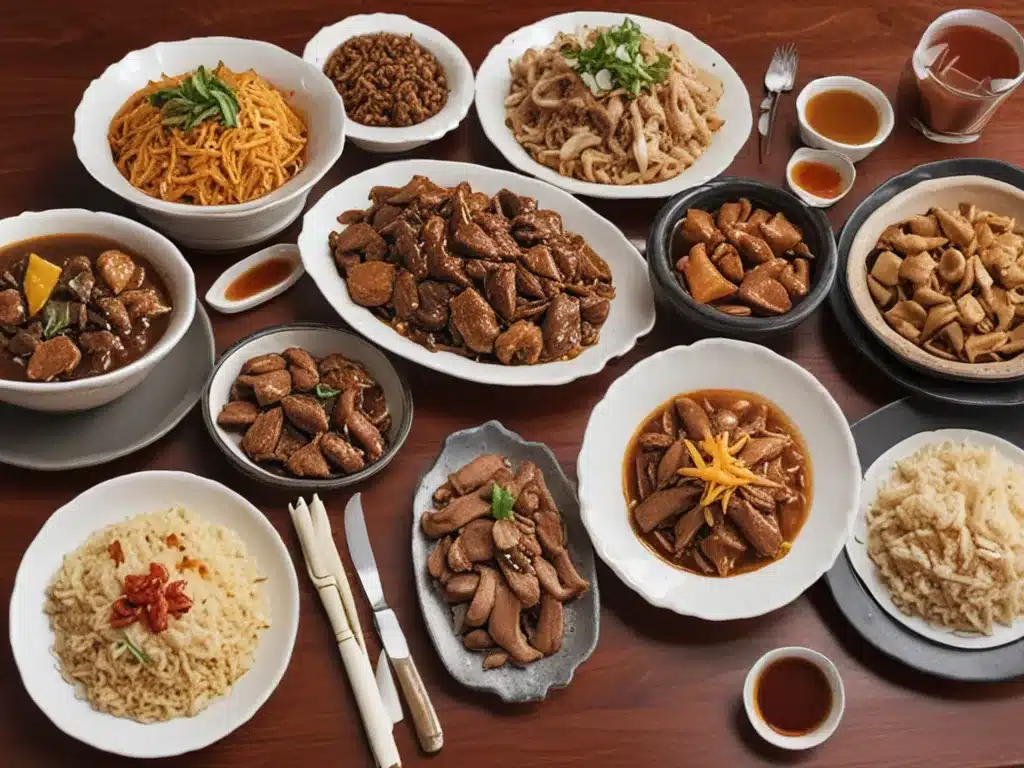
Influences from Two Great Culinary Regions
As an avid home chef, I enjoy exploring different culinary traditions and bringing new flavors together in the kitchen. Two cuisines that I find particularly inspiring are Chinese and Texas favorites. While they may seem like an unexpected combination at first, I’ve found that blending influences from these two great cooking cultures can result in surprisingly delicious dishes.
Both Chinese and Texan cooking rely heavily on quality, local ingredients. However, the ways these ingredients are prepared and combined reveal the different styles. While Chinese cuisine emphasizes delicate cooking techniques that preserve delicate flavors, Texas dishes celebrate bold, hearty flavors. Blending these approaches allows for creativity while honoring both traditions.
Adapting Classics with a Texan Twist
One of my favorite Chinese classics to experiment with is dan dan noodles. This Sichuan specialty traditionally features ground pork or beef served over wheat noodles in a savory, nutty sauce made with chili oil, garlic, and soy sauce. I’ve taken to bolstering the protein by adding shredded smoked brisket to the ground meat mixture. The smoky, tender brisket complements the signature Sichuan flavors while increasing the satisfying substance.
Another adaptation is braised short ribs over rice. The Chinese cooking method of long, slow cooking transforms tougher cuts of beef into fall-off-the-bone tender morsels in a aromatic, sauce. I like to use Guinness beer in place of some of the liquid to add a subtle caramelized depth. The beer’s malty flavors are a nice match for the soy sauce and star anise in the classic braise.
Tex-Mex Meets Chinese Takeout
Many Chinese restaurant dishes also blend surprisingly well with Tex-Mex flavors. For example, Fried rice makes a great vehicle for leftover fajita scraps — sautéed peppers, onions and any remaining protein like chicken or steak. A sprinkle of cheddar cheese right before serving adds extra melt-in-your-mouth creaminess.
For chili heads, Kung Pao chicken takes well to a dollop of chili-garlic sauce. The vinegary heat of the condiment pairs nicely with the wok-tossed peanuts and bell peppers in this Szechuan specialty. You can also top chicken chow mein or lo mein with crispy tortilla strips for crunch. Their subtle corn flavor isn’t overwhelming and adds textural interest.
Exchanging culinary knowledge
Blending cooking traditions is about more than just ingredients – it’s about cultural exchange. A friend who is a Chinese immigrant was intrigued when I described these experiments fusing our favorite foods. She offered to teach me traditional knife skills and recipes from her home region of Guangdong in exchange for lessons on Tex-Mex favorites like fajitas and chili con queso. We’ve had so much fun sharing culinary knowledge over home-cooked meals, beer, and good conversation. The food always ends up combining both of our heritages in new, delicious ways.
Trying unfamiliar flavor combinations can seem daunting at first. But being adventurous in the kitchen is how cooking traditions have evolved for centuries. Approaching other cuisines with an open and curious mind, instead of assumptions, helps one appreciate diverse flavors on a deeper level. Who knows – you may find the most surprising new favorites by blending influences from different cooking cultures.






